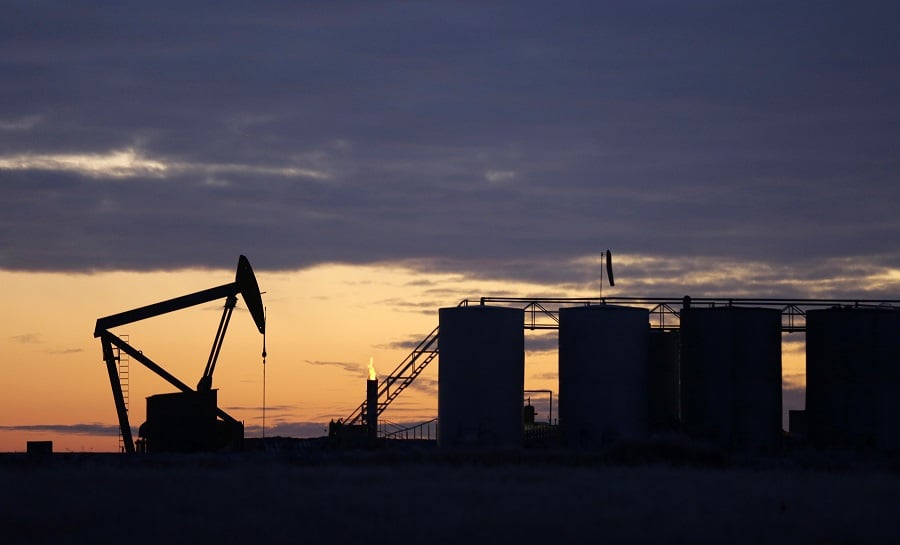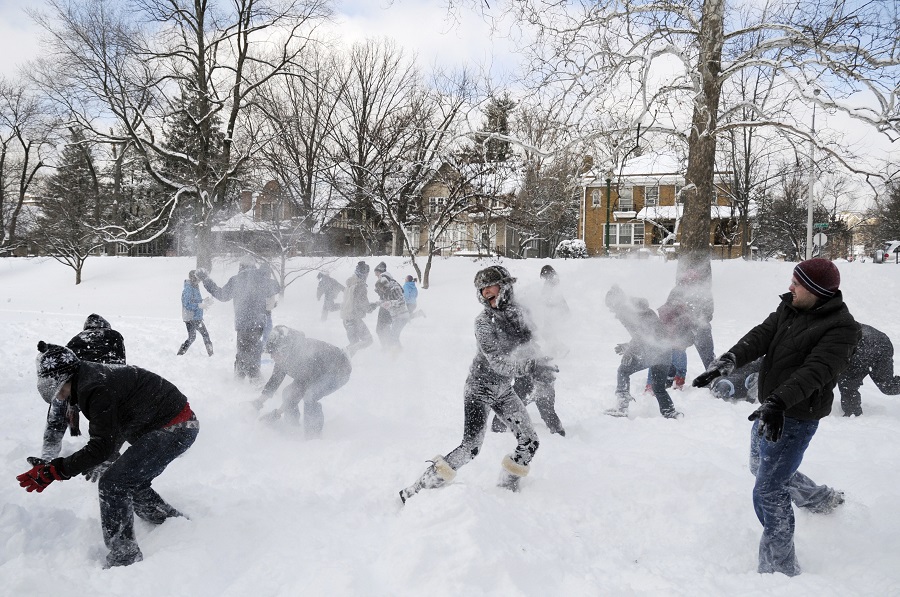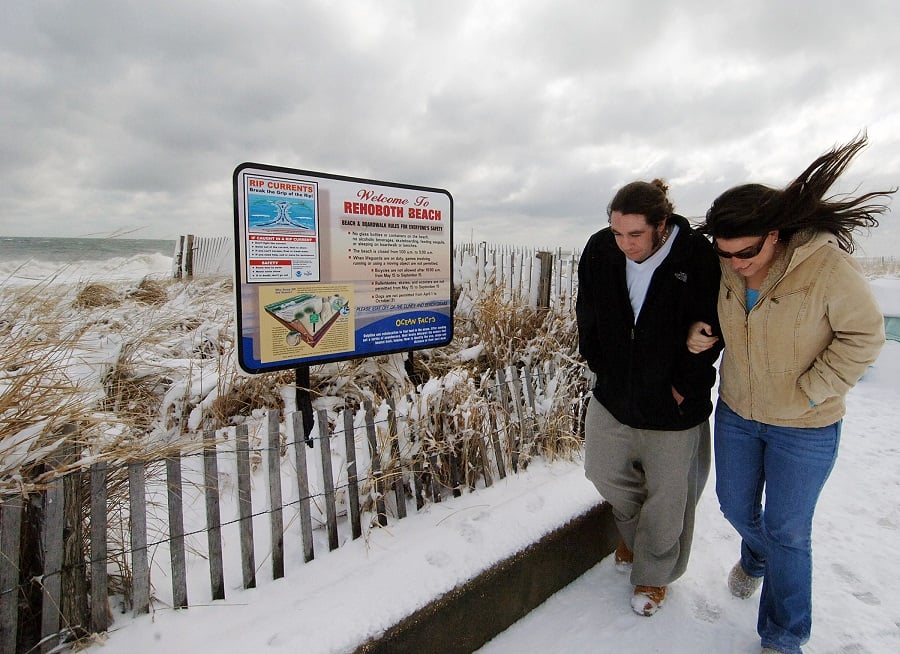Where you live makes a big difference when you’re trying to save for retirement.
It’s not just a matter of a state’s cost of living, or taxation on retirees, or even how well or poorly educated its citizens are financially.
Instead, according to analysis from the Pew Charitable Trusts, it’s access to, and participation in, a retirement plan—which varies greatly depending on locale.
In its report “Who’s In, Who’s Out: A Look at Access to Employer-Based Retirement Plans and Participation in the States,” Pew found that both access and participation are highest in the Midwest, New England, and parts of the Pacific Northwest, but lower in the South and West.
In addition, Hispanic workers are at a disadvantage compared with white non-Hispanics, with just access to a plan for the former running 25 percentage points behind the latter.
Black and Asian workers also have less access to a plan than non-Hispanic whites.
For a look at the 10 best states for participation in an employer-provided retirement plan, read on.

1. Minnesota
With a 69 percent rate of access to employer-provided plans, Minnesota has a 61 percent participation rate.
Nationally, the access rate is just 58 percent, which means Minnesota stands out nearly at the top with the second-highest rate in the country.
And Minnesotans take good advantage of it—they’re tied for the highest participation rate nationally.

2. Wisconsin
Wisconsin’s rate of access is even higher than Minnesota’s, at 70 percent, but its residents participate at the same 61 percent rate.
Sadly, although that rate of access is high, it means that more than 400,000 workers did not have access to a plan.
And another tidbit in the good-news-is-still-bad-news category: the report also said, “the estimate of the number of workers without access to a workplace retirement plan is conservative, because the analysis focuses only on full-time workers employed throughout the year. About 18 percent of those who are employed work part time; retirement plan access and participation are substantially lower among part-time and seasonal workers.”

3. Iowa
With a 68 percent rate of access and a 59 percent participation rate, Iowans are still fortunate to be in the top 10.
It’s also the state with the smallest percentage of workers employed in the leisure and hospitality industry, which doesn’t have a terrific track record of providing retirement benefits for its workers.
In fact, out of nine employment sectors ranked last July, it was at the bottom—with just 23.3 percent of the sector’s firms providing access to a retirement plan.
And only 34.5 percent of the sector’s employees with access actually manage to take advantage of it.

4. North Dakota
Sixty-eight percent of North Dakota firms provide a retirement plan for their employees, and 59 percent of the state’s employees avail themselves of the opportunity.
The good news here is that North Dakota has the fifth largest worker population under the age of 30—and a high participation rate in this state implies that young workers are actually managing to save something for their retirement.
That’s not something millennials are generally known to do.
The report said, “The gap between access and participation proved largest among the youngest workers, many of whom face savings challenges even when they have access to retirement plans.”

5. Connecticut
Considering that almost half of Connecticut’s workers are between the ages of 45–64, it’s a good thing that the state has 66 percent of employers providing access to a plan, and 58 percent of employees participating.
The Northeast in general has a higher concentration of older workers.
Connecticut is also fortunate in that it’s among the 10 states with the lowest number of workers with limited education—just a high school diploma or less.
The less educated a worker is, the more likely he is not to have access to an employer-sponsored retirement plan—and participation follows the same pattern.

6. New Hampshire
With 66 percent of New Hampshire’s employers providing a retirement plan, and 58 percent of employees participating—the same levels in each as in Connecticut—the state also stands out for having the second-lowest number of jobs in the leisure and hospitality industry, known for its poor numbers in providing access to retirement plans.
It also has the lowest percentage of workers (12 percent) who make less than $25,000 annually in wage and salary income.
That’s fortunate for workers, since only about 32 percent of those in that income bracket even have access to a plan and only 20 percent of those with access say they participate.

7. Indiana
Indiana distinguishes itself with the highest “take-up” rate in the country: the percentage of workers who reported having access to a workplace retirement plan and were participating in that plan.
Overall, 63 percent of the state’s employers provide access to a plan, and 57 percent of the state’s workers participate in one—but, among the population with access to a plan (as opposed to all workers within the state), 90 percent of those in Indiana participate.
But, the study cautions, that doesn’t necessarily mean that they’re saving for retirement.
Pew pointed out that “many Americans use retirement plan savings for purposes other than retirement” and “[m]any people withdraw savings before retirement to meet large expenses, such as buying or repairing a house, consolidating bills, or paying educational and medical costs.”

8. Delaware
Delaware, with 63 percent of its employers offering a plan and 56 percent of its workers participating in one, has more than the median percentage of workers with a high school diploma or less.
There are fewer than the median percentage of workers with wage and salary incomes of $25,000 or less in Delaware, which undoubtedly helps its participation rate.
Its workers also tend to be older; it has fewer than the median percentage of workers under age 30.

9. Kansas
Kansas has the third highest percentage of workers under age 30—more than a quarter of its workforce.
Yet it still has a high participation rate of 56 percent, and 66 percent of its employers provide access to a plan.

10. Maine
Sixty-seven percent of Maine’s employers provide access to a retirement plan for their workers, and 56 percent of Maine workers participate in a plan.
The state also is one of the Northeast states with a high concentration of workers aged 45–64. Fewer than 5 percent of its workers are Hispanic.
© Touchpoint Markets, All Rights Reserved. Request academic re-use from www.copyright.com. All other uses, submit a request to [email protected]. For more inforrmation visit Asset & Logo Licensing.






